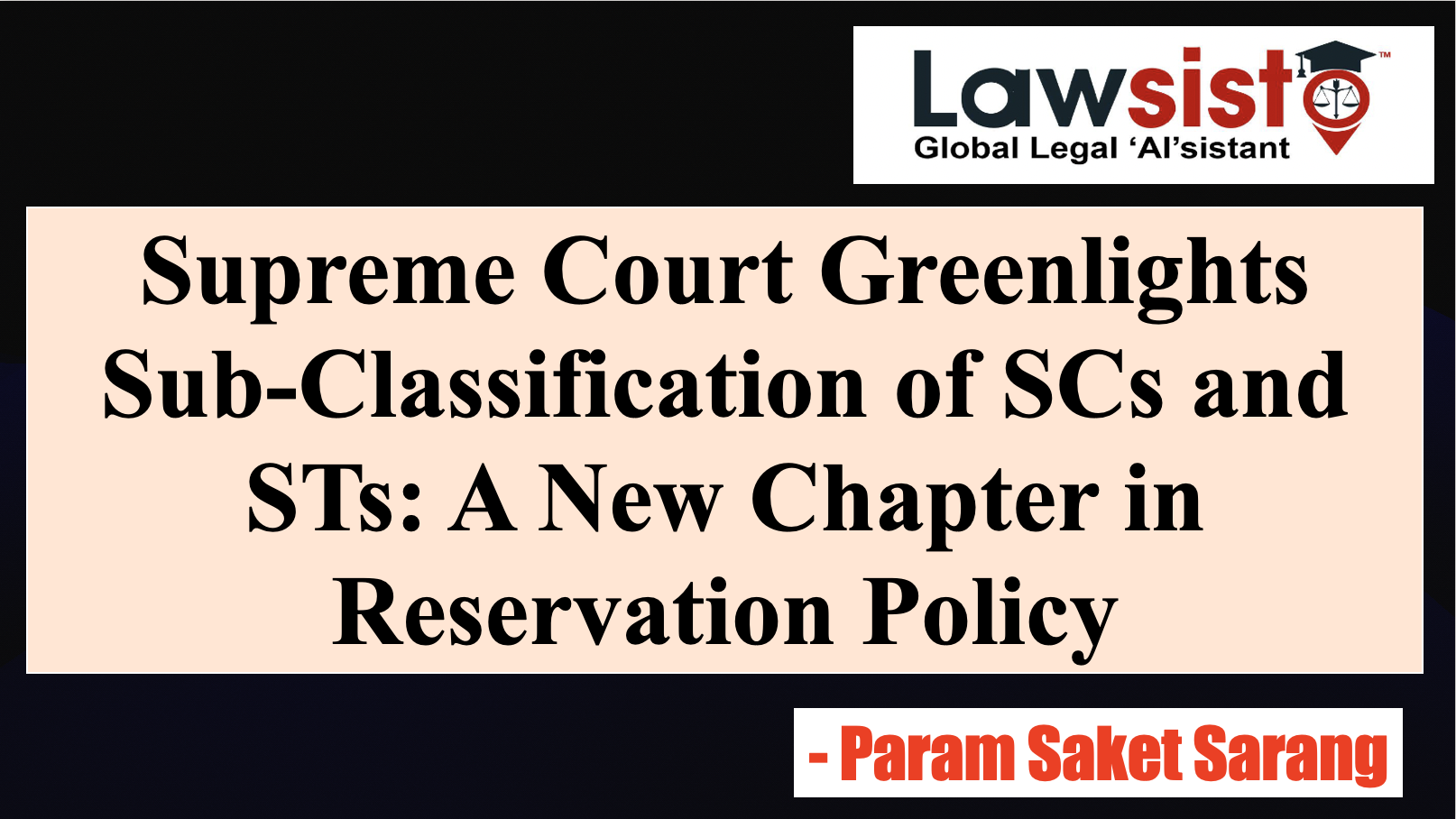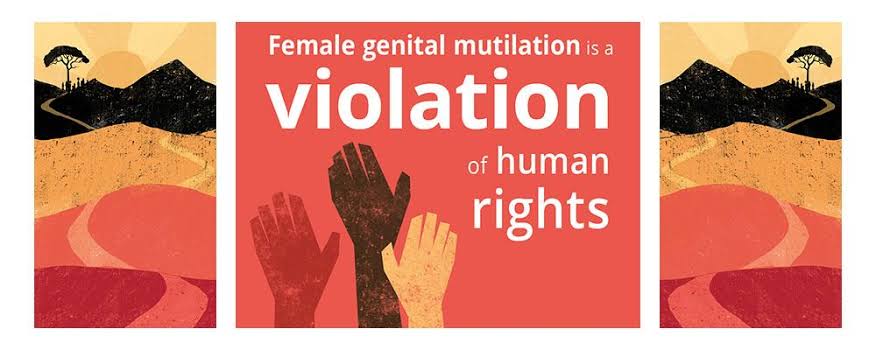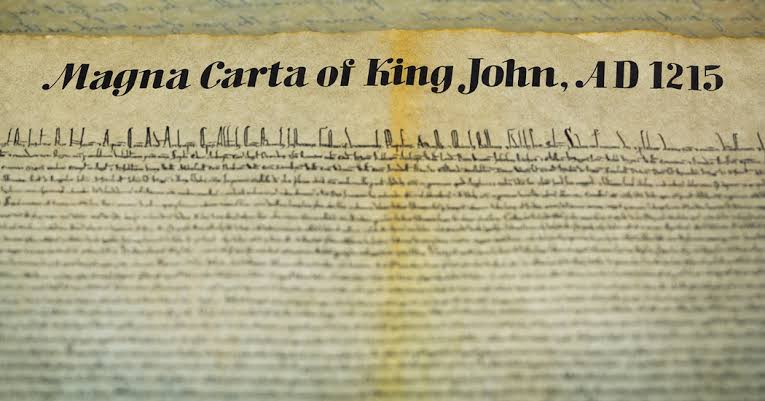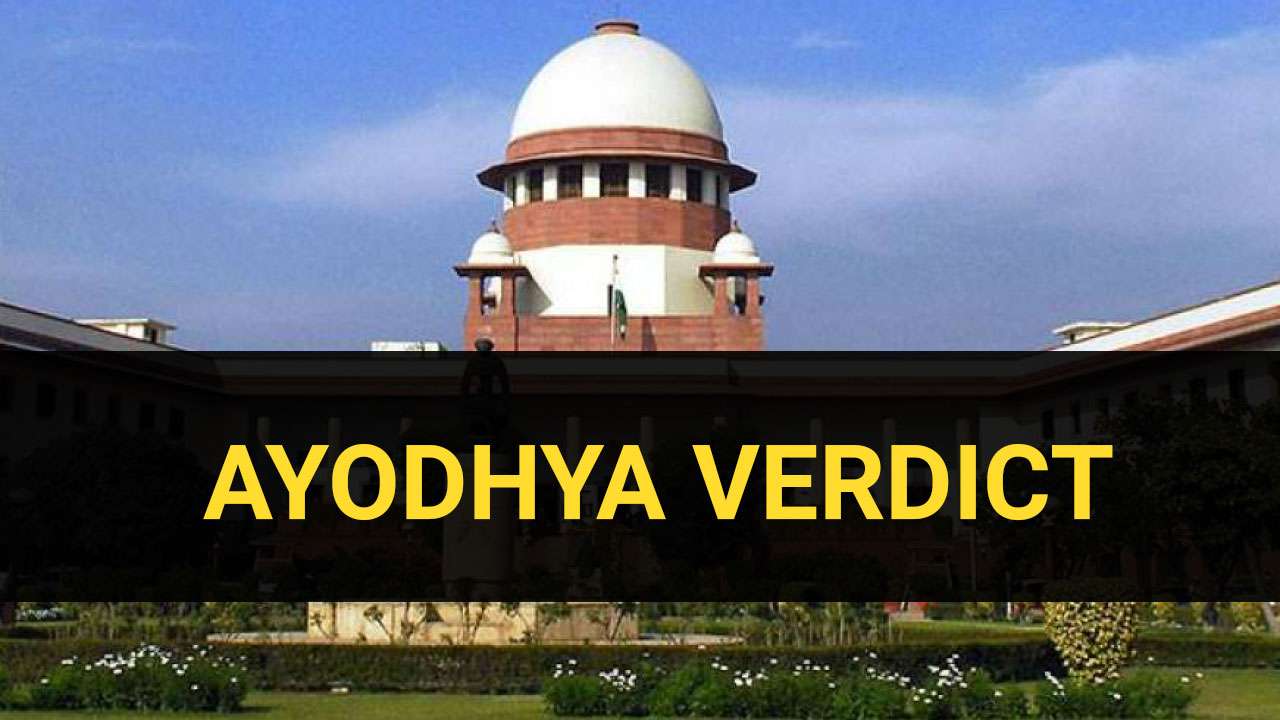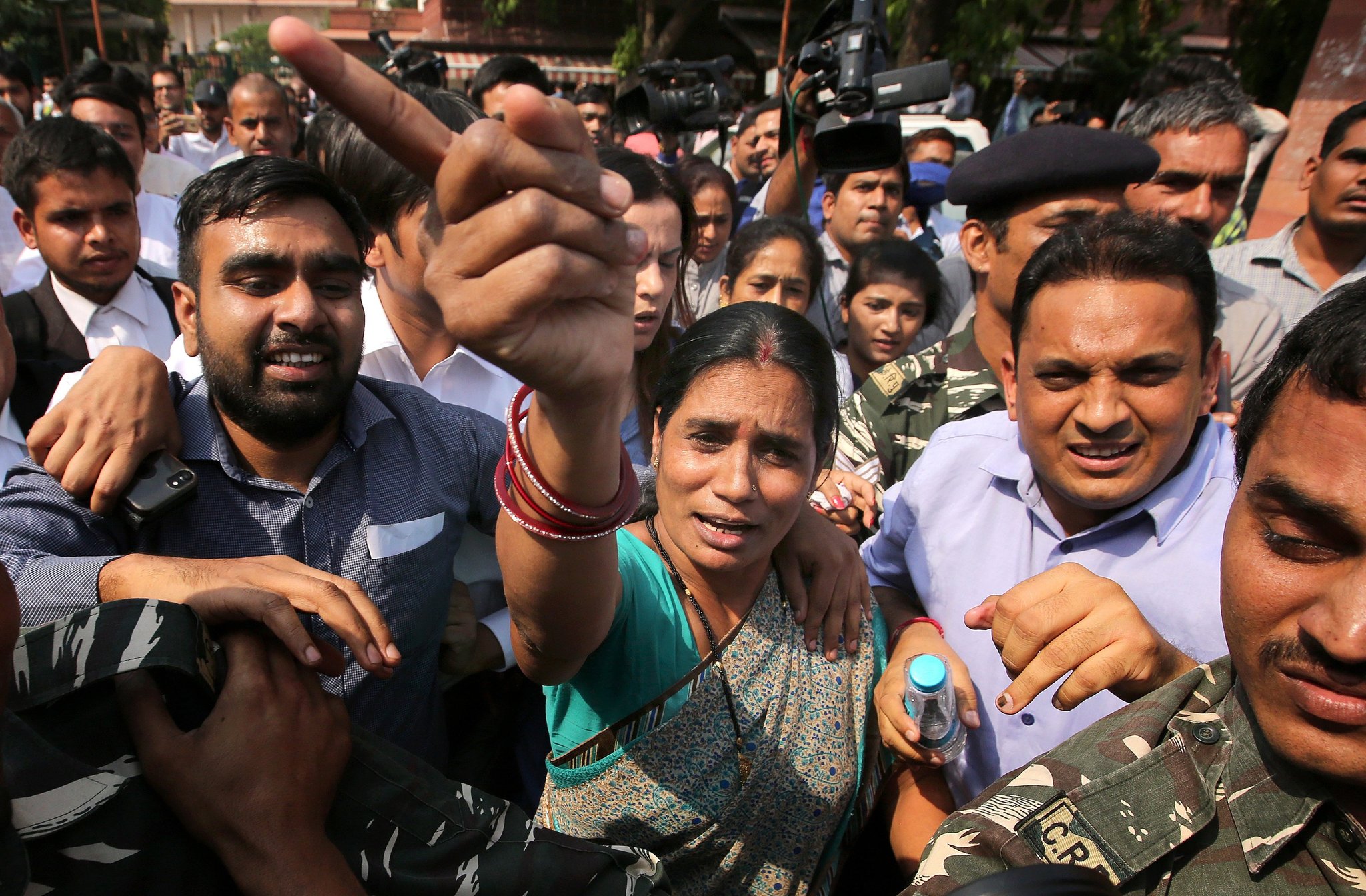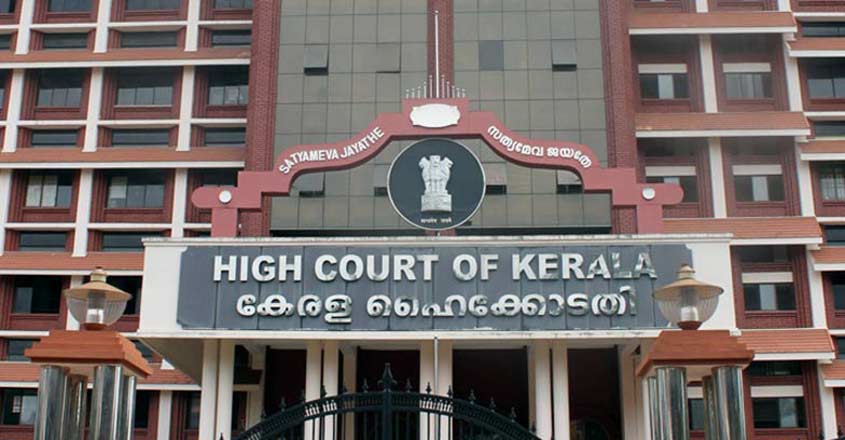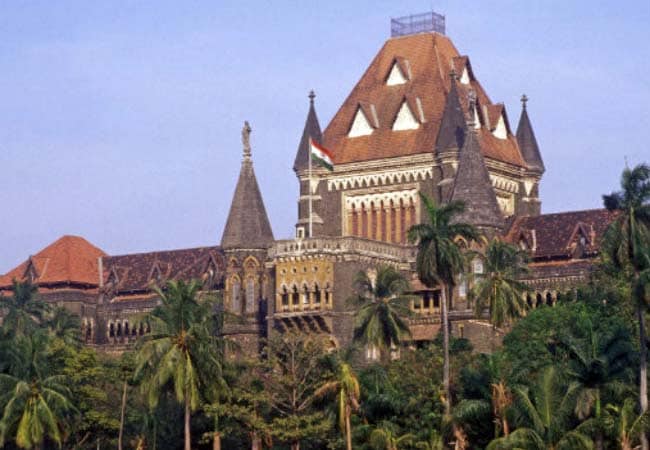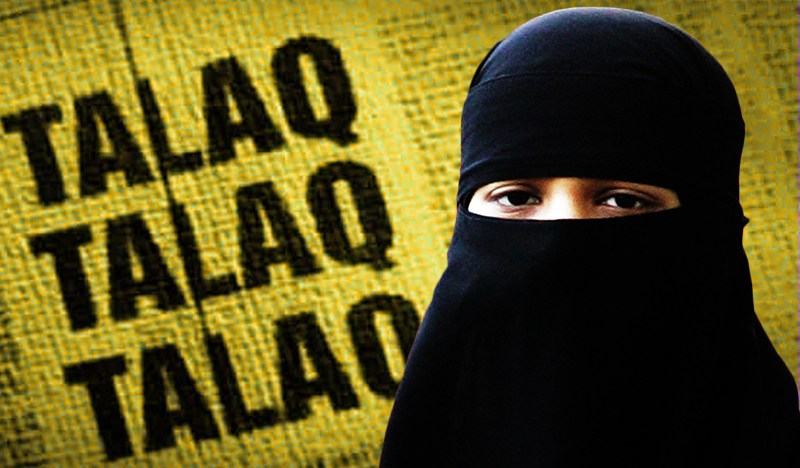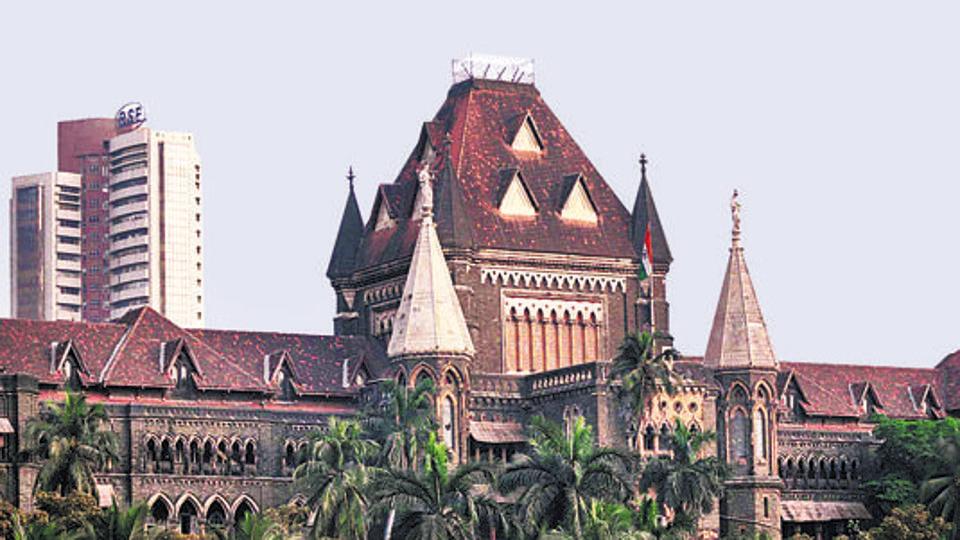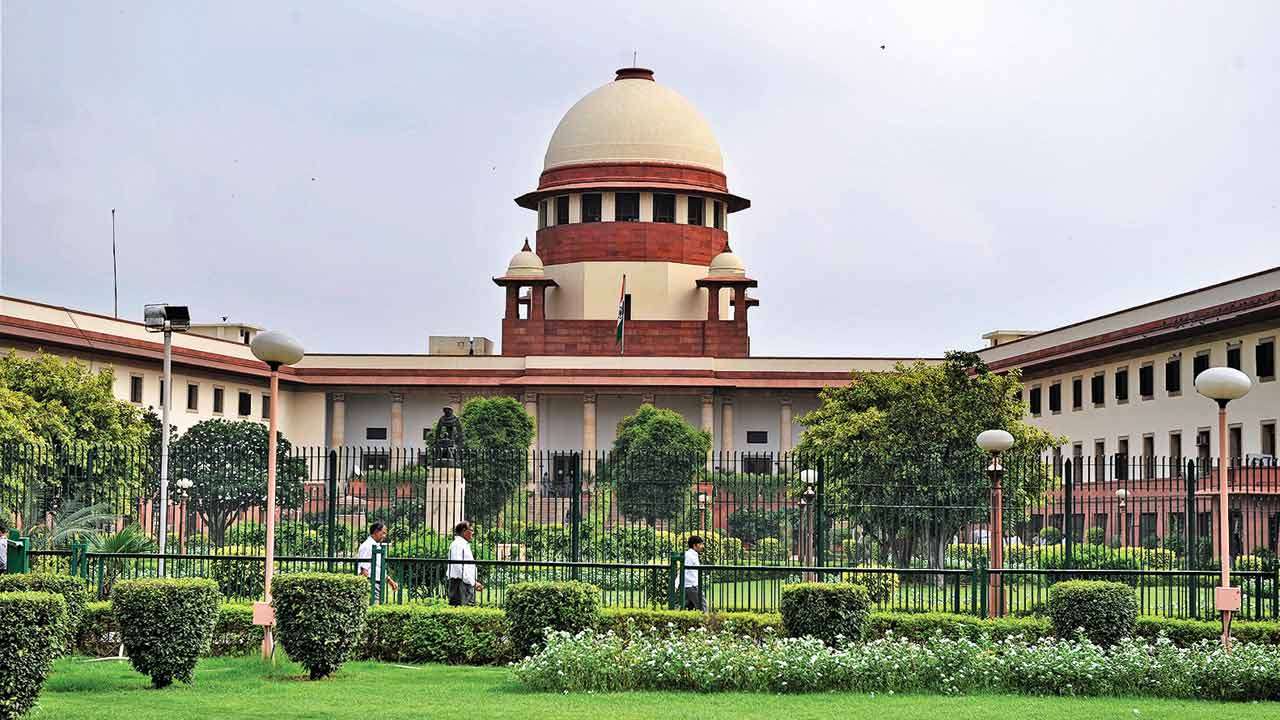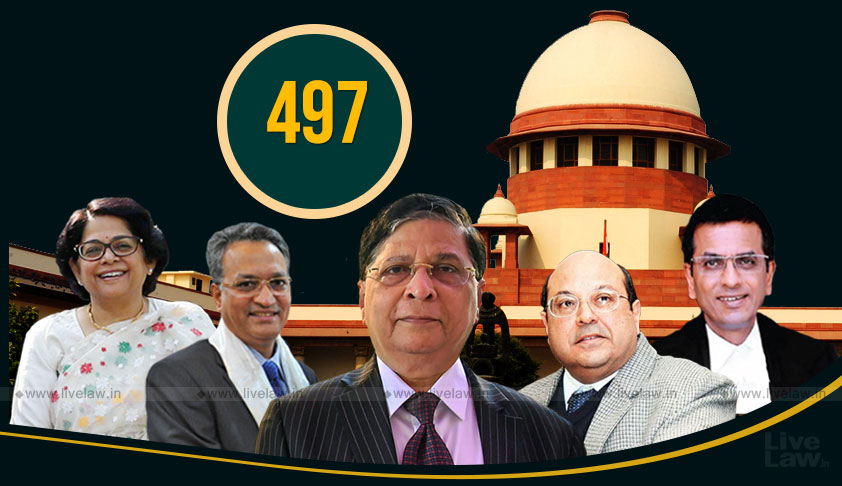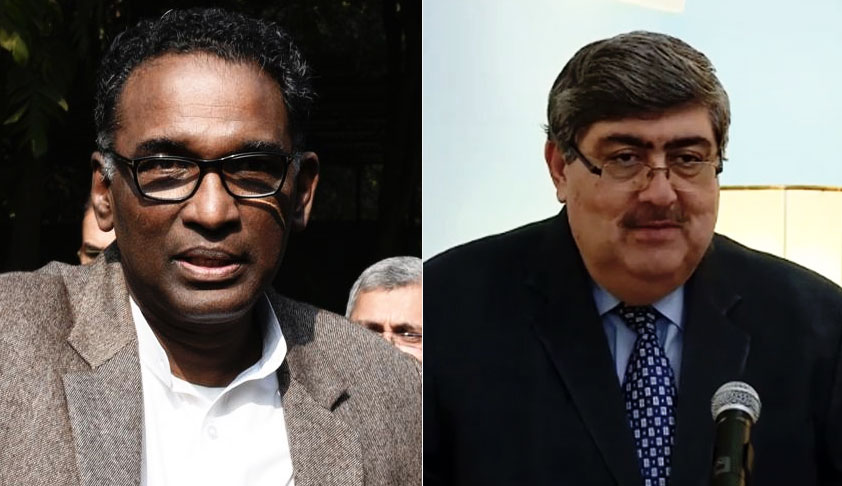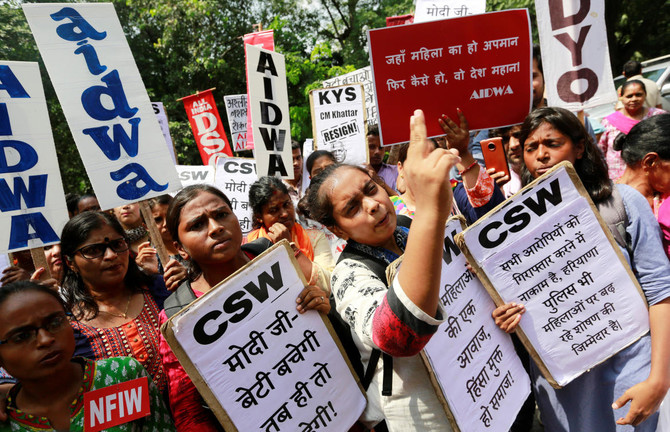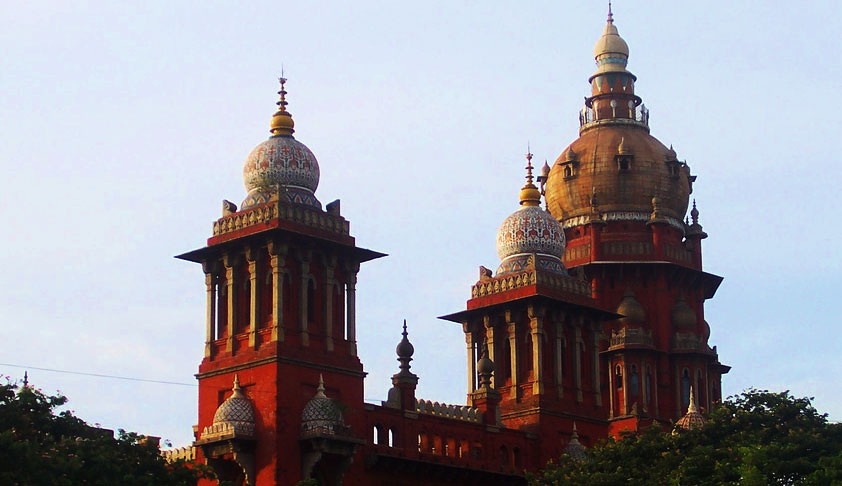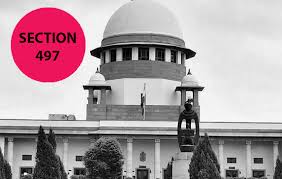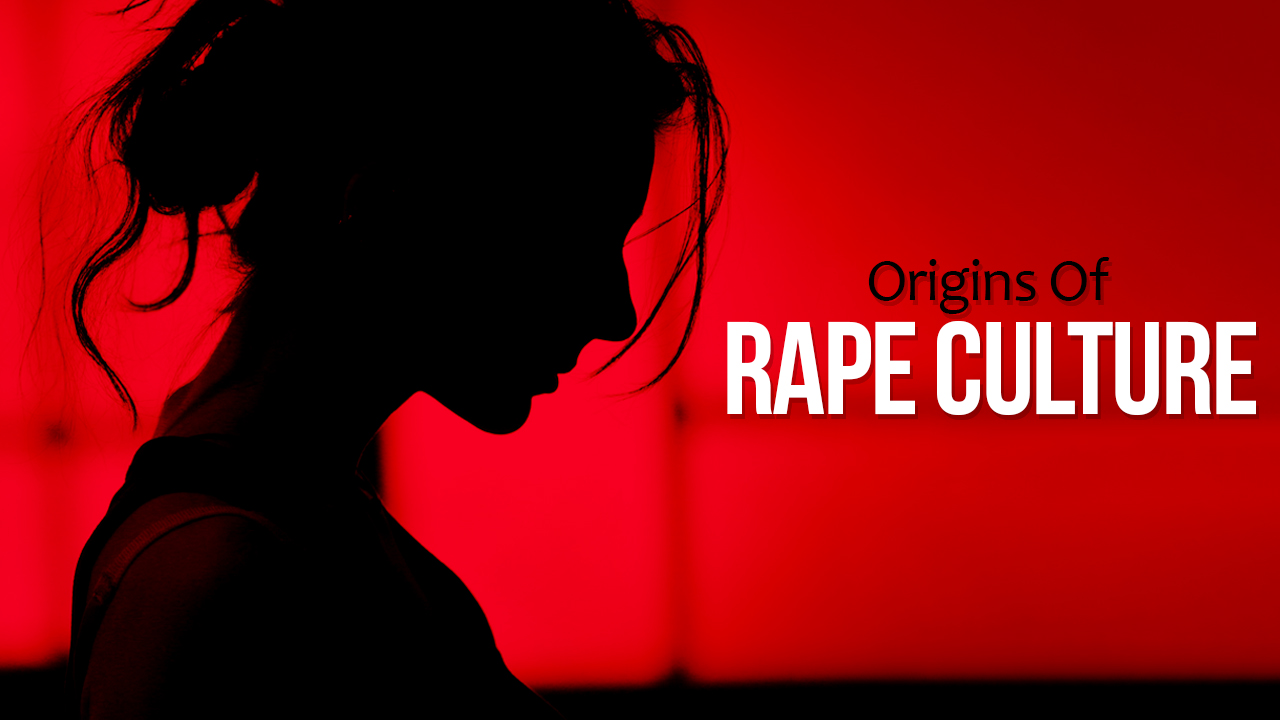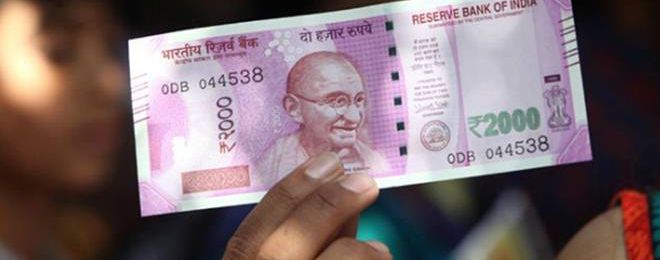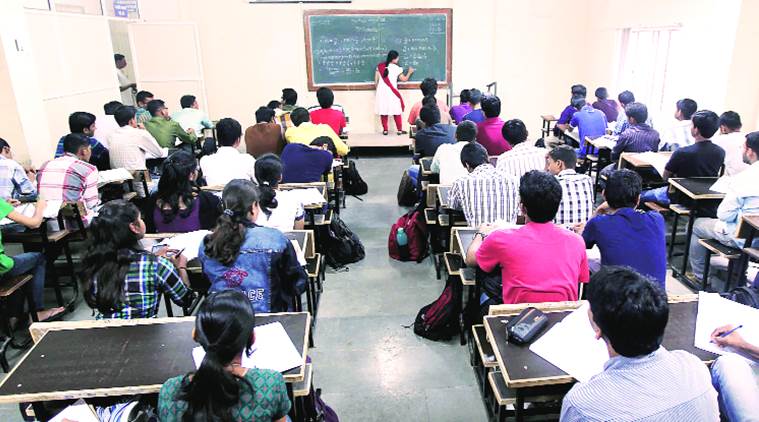Latest Articles
DOCTRINE OF COLOURABLE LEGISLATIONS

The Doctrine of Colourable Legislation is a tool devised by Courts which has proven to be guiding principle in construing legal competence while interpreting Constitutional provisions. Legislations passed by a legislature in excess of its powers allowed by the Constitution could be struck down as ultra-vires. In addition to questions of excess of power openly exercised, there may arise questions of excess of power covertly exercised. A legislature may ostensibly be functioning within its limits. Nevertheless, it would be attempting to achieve something which it has no power to achieve. This attempt to do indirectly, what it cannot do directly because of the limitations on legislative competence is described as colourable legislation. A thing is Colourable when it seems to be one thing in the appearance but another thing underneath.
Though the Constitution of India is not based on a rigid doctrine of separation of powers as is found in the United States of America, it is clear that the Constitution envisages that the functions of the three great departments of the State, namely, the executive, legislature and judiciary should generally be exercised separately. Functional separation is better provided for as between the legislature and the judiciary than as between the legislature and the executive. Doctrine of colourable legislations imposes a restriction on Legislature, not to transgress its right covertly. If Legislature attempts to do an act indirectly which has been prohibited to be done directly by Constitution, such a law is treated ‘bad in law’ by application of this doctrine. When Legislature does not possess the power to make law upon a particular subject but nonetheless indirectly makes one, this doctrine comes into play to decide fate of such impugned legislation.
The doctrine is based on a Latin maxim “Quando aliquid prohibetur ex directo, prohibetur et per obliquum” which implies that “when anything is prohibited directly, it is also prohibited indirectly”. In the leading case of K C Gajapati Narayan Deo vs State of Orissa, SC applied this doctrine stating that constitution has clearly distributed the legislative powers to various bodies, which have to act within their respective spheres. Any colourable exercise by any department will be deemed as void. The question whether any body has transgressed its power or not may arise. Such transgression may be patent, manifest or direct. But it may also be covert, disguised, or indirect. Doctrine of colourable legislation applies to such covert and indirect transgression of power. This Doctrine is also called as “Fraud on the Constitution”.
The Supreme Court of India has laid down the certain tests in various judicial pronouncement to determine the true nature of the impugned legislation:
The Court must look upon the substance of the matter, not the outward appearance of it while deciding its validity. For the purpose of determining the substance of the impugned law, the court will examine two things, i.e. effect of the legislature and the object and purpose of the act.
The motive of Legislature behind the enaction of any legislation is not material for Courts. The doctrine does not involve any question of bona fides or mala fides intention on the part of legislature. If the legislation so enacted is outside the legislative competency of Legislature, the motive impelled to it is irrelevant.
But it should be kept in mind that when Legislature has the power to make law with respect to a particular subject, it also has all the ancillary and incidental power to make that law an effective one. And such ancillary powers may not be covered under colourable exercise of powers. Also, until when powers of a legislature are not fettered by any Constitutional limitation, this doctrine can not be applied by the Courts.

